How to Teach the GED Math Effectively: A Complete Guide!
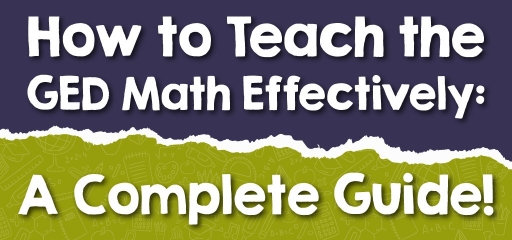
The skills and information that your students will need to pass the GED test are dependent on your ability to teach them effectively. To assist your students in developing those abilities while they prepare for the test, the following instructional practices are recommended:
The Absolute Best Book to Ace the GED Math Test
Performance Level Descriptors (PLDs) should be used
PLDs (Performance Level Descriptors) are descriptions of the abilities that students must exhibit to achieve a specific performance level on the GED exam and the GED Ready practice test.
Here are some pointers for utilizing PLDs in your classroom to assist your students to prepare for the test, which you may find useful:
Tip 1: Assess your student’s current skill level using performance-based diagnostics (PLDs).
- Determine where you should concentrate your efforts in order to build the abilities necessary to advance to the next performance level.
Tip 2: Use progress monitoring devices to identify when your pupils are ready to test.
- Determine whether or not a student should take the GED Ready practice test or the GED examination.
- Use in conjunction with the Enhanced Score Report’s individualized study plan to help students improve their study abilities.
Tip 3: Make use of PLDs to help you tailor your learning activities.
- Develop learning objectives for your students in your classroom based on the PLDs.
- Determine whether you need to make any changes to your approach to the subject.
- Work with pupils one-on-one to assist them in developing required abilities.
Tip 4: Incorporate PLDs into lesson planning to provide more context.
- Assess your students’ levels of readiness and develop lesson plans that are appropriate for their needs.
- Develop specific lesson plans to close the gaps in your students’ abilities by identifying the skills they lack.
Concentrate on developing the abilities that will have the greatest impact
Ensure that your students get the most out of their instructional time by concentrating on the abilities that will have the most influence on their GED exam achievement.
Even though all of the indicators contained in the GED Assessment Target Indicators are important for test-taker success, it may be advantageous for teachers to concentrate their emphasis on the talents from the High Impact Indicators throughout their students’ educational experience.
Check out the relationships between high-impact indicators and other indicators, as well as the relationships between high-impact indicators and other indicators. With this tool, you can easily see how the High Impact Indicators are related to the other indicators included in the GED exam.
By covering skillsets for several test topics at the same time using this resource, you may increase the efficacy of your teaching courses!
Make sure your students are well-prepared with test-taking resources
It is equally crucial for pupils to understand how to make use of the resources that will be accessible to them during the test. Make use of these resources in your classes to ensure that students are well-prepared on test day.
Solve the GED Math problems in many ways
In the ideal classroom atmosphere, the instructor can demonstrate many approaches to solving the same problem while also encouraging the students to come up with innovative solutions to the problem.
The more the number of tactics and approaches that students are exposed to, the greater the depth of their conceptual knowledge of the subject.
Giving children the ability to develop their problem-solving strategies might make a teacher feel uneasy. What happens if we don’t agree with their reasoning? What if they’re completely wrong? However, it is worthwhile to take the chance and let them explore.
Following the completion of a class issue by an individual, couple, or small group of students using a single approach, encourage them to explore additional methods to arrive at the same accurate result.
Students developing their ways and then sharing the right procedures with the rest of the class is a very effective way to acquire new information.
Teachers should ask students to explain their reasoning
When solving problems, students must be able to articulate their rationale. To allow a teacher to assess whether or not each student understands the aim of the problem, each student needs to communicate both vocally and in writing throughout the time.
By giving the students ten minutes to debate their reasoning with one another while exploring numerous methods to solve the challenges, you will increase their engagement and learning significantly. This will greatly help in processing numerous methods in their real test.
Best GED Math Prep Resource
A summary should be given at the end of class
Everyone can become disoriented throughout a class session, and it is easy to lose track of time until the bell sounds and the class period is completed. The final seven minutes of the lesson may be the most important in ensuring that pupils understand the day’s learning objective.
These are three extremely significant tasks that you may complete during this period:
- A rapid formative evaluation to establish how much was learned, such as pupils self-rating their comfort level with the topic on a 1-5 scale, can be used to determine how much was absorbed quickly.
- Reviewing the goal for the class period and having a quick conversation about where the lesson will go next time.
- Working together to go over the homework to avoid any misunderstandings
All of it teaches students how to effectively prepare for the GED test.
Create a productive setting that is conducive to discussion and debate
Teachers should begin by outlining the course of the lesson and maintaining an open platform where every student should be encouraged to ask questions at any time.
Teachers should be aware that children will need time to grasp the ideas of mathematics before they can progress further. As a result, offer them timely feedback, practice assignments, doubt-clearing sessions, and revision papers as necessary. Explain to them why it is important for them to understand a certain topic.
Gradually increase the difficulty level
Before beginning to teach any given topic for GED mathematics, it is critical to divide the problem sets into groups based on the level of difficulty that will be encountered. Begin by working on a few simple problems. Teachers must continue to raise the standard for all pupils gradually and methodically.
Keep an eye out for any hidden questions
Keep an eye on their expressions during the talk to check if they are paying attention. Inquire about it when they have the wrinkled brow of a puzzled person. I’m wondering what’s up with the wrinkled forehead. “Is it possible that I lost track of you some time along the way?”
Allow them to explain what they feel is the source of their consternation. Give a quick explanation to put things in perspective, and then look them in the eyes. Identify the root of their confusion and assist them in resolving it.
Maintain your composure throughout this procedure, as you may uncover buried wealth. The finest hidden question I ever received came as a result of a lengthy drill-down procedure such as this.
It was difficult for the learner to comprehend why I would sometimes begin on one side of an equation and other times begin on the other. She couldn’t see what was plain to me because she was too focused on herself.
Allow the student to guide you through the difficulties
After you’ve outlined a method, demonstrate it with an example of your own. Create a minimum of two additional examples and let the students guide you through them.
They should be able to do it correctly if they work together. Even if they make the wrong decision, write it down on the board nevertheless. Take a moment to let everyone else take in the scene. Usually, it is someone else who expresses skepticism. Pay close attention to the expressions on the pupils’ faces. You’ll observe the expression on the face of the pupil who didn’t appreciate the incorrect answer.
Make a few blunders
This is likely to happen when teaching math, especially when it is for such a competitive test. And it occurs to some of us more frequently than others. If you tend to be flawless, put an end to it.
Allow yourself to be careless and make a few blunders so that the pupils can catch you. It helps them to feel confident.
Students should be taught to recognize that no one is a mathematical genius. Among other things, the difference between an elementary school mathematics instructor and an elementary school mathematics student is that a math teacher is secure in his or her blunders.
Students will make a lot of blunders. They will feel frustrated if they do not have a personal example of you making a mistake to which they can connect.
Demonstrate what you do when you discover a mistake and how calm you remain in the situation. Commit yourself to doing this at least once throughout each lesson.
They will find out if you have planned your mistakes ahead of time. Instead, make up instances as you go along. Alternatively, select problems at random from the more difficult portion of the problem sets.
Mathematical games
Teachers’ jobs are not always easy, and reinforcing material taught in class is no exception. However, math games give teachers the chance to make the lesson more enjoyable while also encouraging pupils to retain the information.
Games might differ depending on the size of the class, the availability of computers, and the topic being taught. Teachers might utilize computer games to teach certain abilities, or they can use class games to make the lesson more enjoyable for the students. Teachers should make certain that games have a strategy to aid students in learning the topic.
Work in Groups
A textbook, courses, or a testing approach are not the only sources of information for learning mathematics. Students learning styles vary, and courses that help enhance all types of learning are required to get the greatest possible results for all students.
Group work is a straightforward method that allows students to collaborate on projects and problem-solve with a partner. The instructor can divide the class into pairs or groups to work on issues once he or she has delivered the fundamental lesson.
Because the couples are working as a team, the students can discuss the challenges and collaborate to find solutions. The purpose of pair work is to educate pupils on critical thinking abilities that will be useful in solving future math problems as well as in real-world situations.
Repetition
A repetition is a basic approach that teachers may use to help students develop their arithmetic abilities. Students are better able to absorb topics at a faster pace when they are reminded of and review past formulae, lectures, and information.
Faculty at Johns Hopkins University’s W. Stephen Wilson School of Mathematics believes that students must grasp the fundamental ideas of basic mathematics before moving on to a more advanced level of study. It is a simple tool that allows pupils to grasp ideas faster and with less effort than other methods.
It is especially important for competitive exams like GED where there are numerous complex problems. Re-looping or reviewing the prior lesson every day, according to the University of Minnesota, will put the previous lesson back into the limelight and help teachers to improve on their previous expertise.
The Perfect Prep Books for the GED Math Test
Related to This Article
More math articles
- A Deep Dive into the Integral Test
- The Ultimate DAT Math Formula Cheat Sheet
- How to Do Operations with Polynomials? (+FREE Worksheet!)
- How to Understand the Nuance of Equality of Vectors in Two Dimensions
- What is the Relationship Between Arcs and Chords?
- Accuplacer Testing Accommodations for Disabilities
- A Comprehensive Collection of FREE SAT Math Practice Tests
- How to Write Linear Equations? (+FREE Worksheet!)
- Math Assessment Test for College
- Best Math Websites for Students
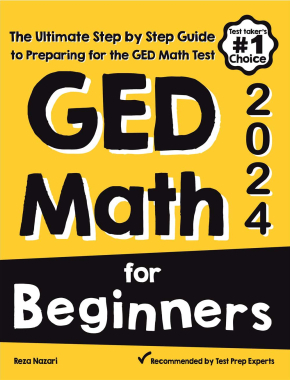
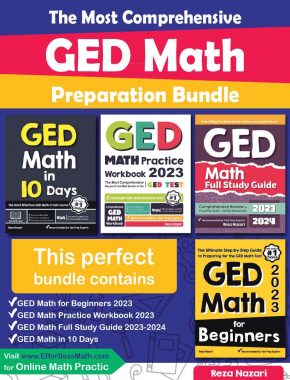
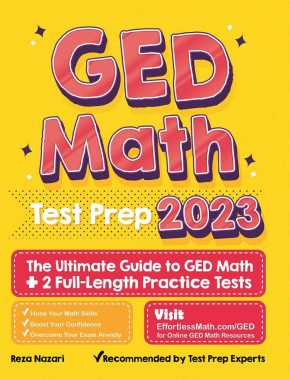
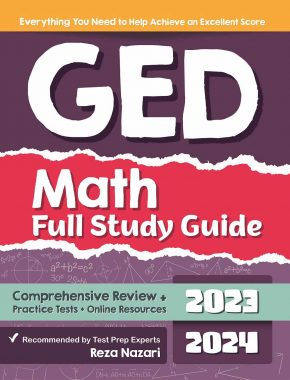
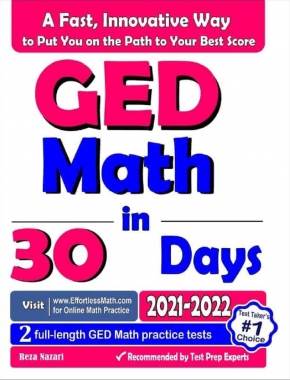
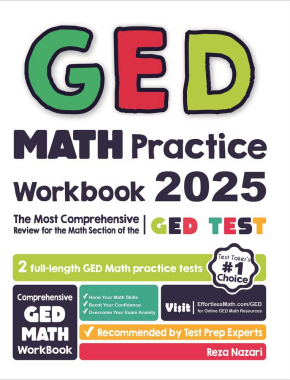
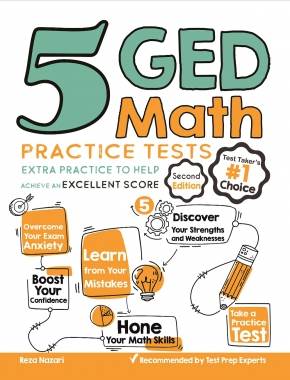
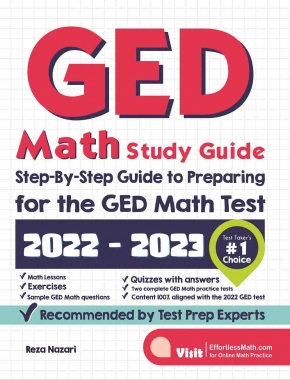
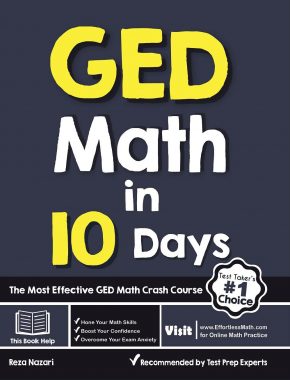
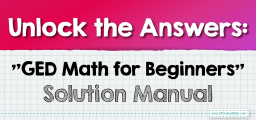
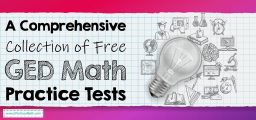
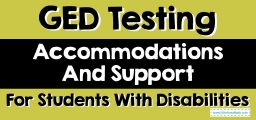
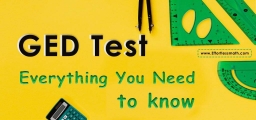
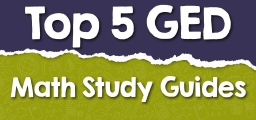
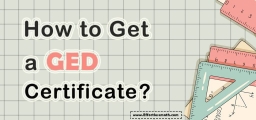
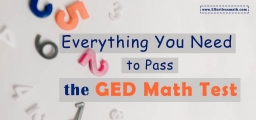
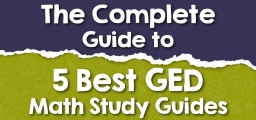
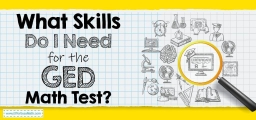

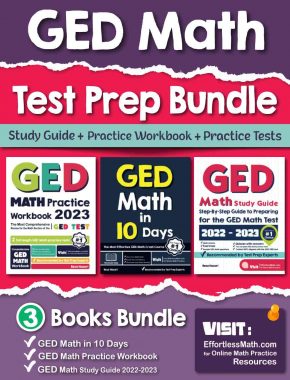
What people say about "How to Teach the GED Math Effectively: A Complete Guide! - Effortless Math: We Help Students Learn to LOVE Mathematics"?
No one replied yet.